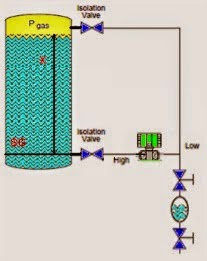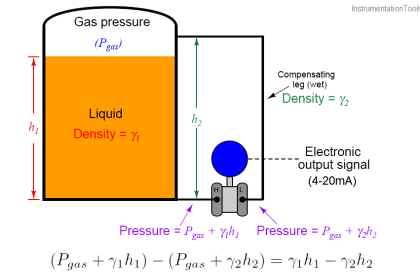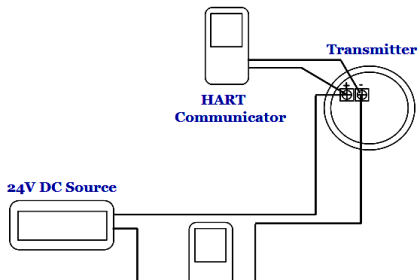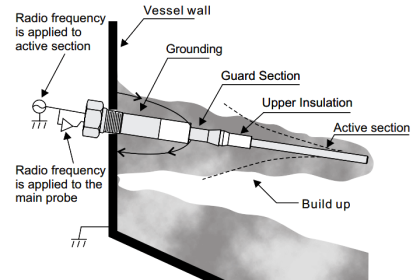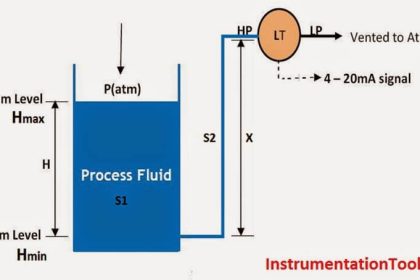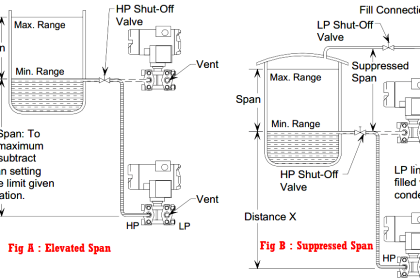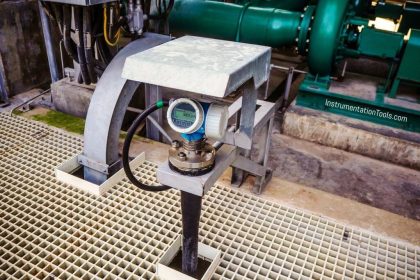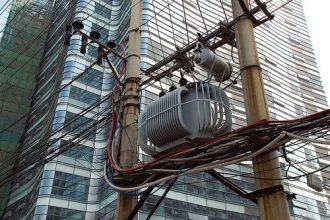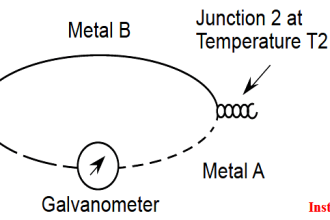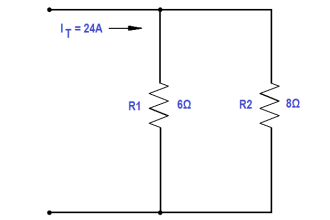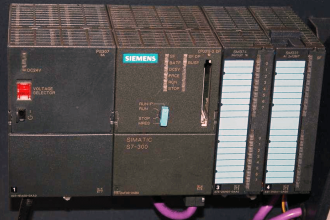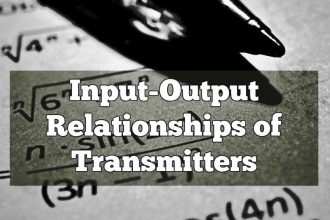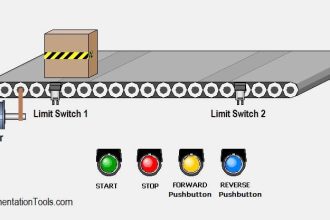Many types of tank gauging systems have adequate reliability in gasoline measurement applications, but issues have been raised for biofuels which can be more corrosive.
The Dip tapes are still a highly regarded method of level measurement of tank contents despite the scope for measurement inconsistency and are used in the initial installation and calibration of many automatic tank gauging systems.
Types of Tank Gauging
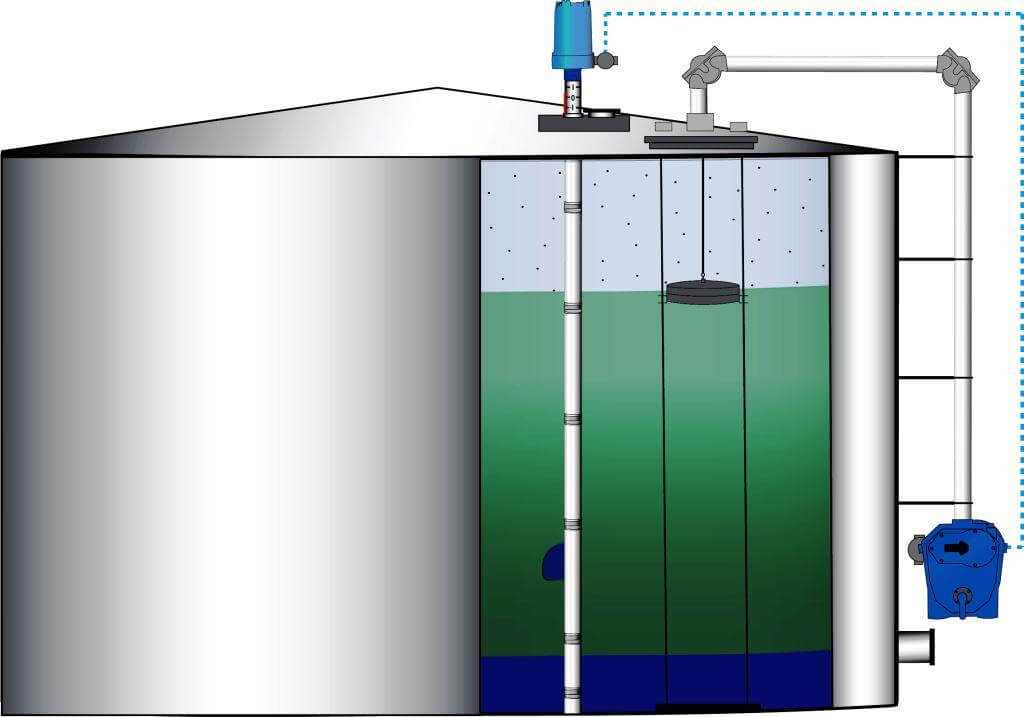
Image courtesy: gaugingsystemsinc
The main types of tank level detection used in the gasoline storage industry are:
- Servo-operated float gauges;
- Radar tank gauges (both contacting and non-contacting);
- Air bubbler;
- Surface detector (plumb-bob) gauges;
- Float-operated, wire-guided, inductively coupled gauges.
Servo-operated float and radar tank gauges are currently the most commonly encountered level measurement systems used on gasoline storage sites. Gasoline does not have a major detrimental effect on servo-operated float gauge systems so long as care is taken to ensure that suitable materials are used for seals and gaskets.
However, the same cannot be said about the effect of bio-fuels. Due to some corrosive bio-fuel additives, these gauges can be damaged. This can be problematic because some tanks may be used to store both bio-fuel and gasoline at different points in their service life. This changeover may not be captured in a company’s management of change procedures and as such may not be subject to impact analysis or risk assessment.
The main types of level switches are:
- Vibration switch
- Displacer level switch
- Mechanical level switch
- Optical level switch
- Magnetic reed switch
The most commonly encountered level switches on gasoline storage sites are magnetic reed switches for hi-hi level detection and alarm initiation.
With the evolution of manufacturing techniques, it is possible to produce magnetostrictive level measurement components on a physically larger scale. Up until recently, they were not viable measurement methods at fuel storage facilities despite being highly accurate and used for custody transfer on filling station forecourts.
Manufacturers of level measurement systems are now beginning to develop and market ‘hybrid’ measurement systems. Examples of these are hydrostatic tank gauging (HTG) systems that use smart sensors, and a system that encapsulates radar and capacitive tank gauging technology.
Dip tape
A calibrated tape with an attached weight is lowered into the tank until the weight makes contact with the bottom of the tank. The operator then retracts the tape, whilst carefully noting the graduation on the tape where it ceases to be dry, and comes out of the tank wet. This provides a depth measurement in mm or inches. With known tank dimensions, the volume of the liquid present can be calculated.
It is used in the set up of automated systems such as radar and servo level systems
Known Issues
The accuracy achievable is greatly dependant upon the experience and skill of the operator
Uses
This is a good ‘rough guide’ measurement. However, it should not be assured to be highly accurate and only be used as a double check
Maintenance
The tape should be calibrated and should be inspected prior to use for edge fraying
Accuracy
Potential to achieve ± 10 mm
Float-operated, wire-guided, inductively coupled
The wire is fixed at both the top and bottom of the tank and is used as a guide for the float. The float contains an inductively coupled transducer, which the wire provides power to.
At short intervals the primary coupling is interrupted, and the secondary inductive coupling from the transducer to the conductor is on the wire is achieved. Measurement is achieved by located conductors at known intervals on the wire, which produces a grey coded word.
It is one of the cheaper level measurement systems available and are still commonly used.
Known Issues
- It Can experience tape hang-ups
- Material build-up can hinder the free movement of the float (cannot be used in dirty applications)
Uses
- ‘Clean’ measuring applications
- Custody transfer level measurement
Maintenance
A high level of maintenance required because of the number of moving parts.
Accuracy
Low accuracy
Servo-operated float type
It Works using fluid displacement for continual measurement. A displacer is continually measured within the tank. As the level changes the system always aims to maintain the displacer in equilibrium, which produces the level measurement.
Known Issues
- Cannot be used in dirty applications
- Ferrous materials can adversely affect the operation of the system
Uses
- Custody Transfer
- Inventory Management
- Measurement of Problematic Petrochemicals
Maintenance
A high level of maintenance required because of the number of moving parts
Accuracy
Up to +/- 5 mm
Plumb bob
A ‘plumb line’ weight is lowered from the sensor unit, which is fixed to the top of the tank until the weight makes contact with the surface of the contained material. The weight is then retracted into the sensor unit whilst the line is measured. The resulting measurement is then used to calculate the level of material present in the tank.
It is suggested by industry experts that both the system designers and manufacturers consider this method of tank gauging should no longer be used because of the varying levels of reliability and accuracy of measurement and the Dependent methods high maintenance demands
Known Issues
- Plumb weight can become jammed in the sensor unit
Uses
- Periodic level measurement only
Maintenance
A high level of maintenance required because of the number of moving parts
Accuracy
- Dependent upon maintenance
- Not comparable to servo or radar level measurement
Radiation backscatter design
It Uses radioactive source as transmitter and a radiation detector to determine the level of material within the containing vessel.
This technology is not commonly seen in the gasoline (fuel) storage industry. Although very accurate, comparable accuracy can be achieved with radar or servo gauges, both of which carry a lower maintenance and inspection overhead
Known Issues
- Very expensive
Uses
- Preferential system of measurement for highly corrosive materials which would degrade the quality of measurement of other level measurement systems.
Maintenance
The maintenance requirements of this system are low compared to mechanical alternatives. However, there may be other inspection obligations associated with radioactive source licensing
Accuracy
Highly accurate
Radar tank gauges (Non-contacting)
Uses K or X band electromagnetic waves for continuous monitoring of the level. Communication is by means of Frequency Modulation Carrier Wave (FMCW). Pulse width modulation is also used by some variants of this system
Currently, this is one of the most popular level measurement methods used in gasoline storage.
It can be used in numerous environments, intrinsically safe, explosion-proof, non incendive (electrical, but are not able to cause ignition).
Known Issues
- Can experience interference from process equipment, vessel agitators, etc
Uses
- Inventory Control
- Process Control
- Custody Transfer
Maintenance
Maintenance requirements are low compared to mechanical alternatives because there are far less moving parts. However electronic equipment requires an inspection to ensure component aging does not degrade measurements
Accuracy
Very accurate but easily affected by external interference. Up to +/- 3 mm
Radar tank gauges (Contacting)
This method has a probe, known commonly as a ‘waveguide’, situated in the container which is used to perform the measurement by transmitting a periodic pulse. A number of different receiving methods now exist which sense for a reflected signal.
The currently used and accepted methods are:
Time Domain Reflectometry (TDR) – Newer higher efficiency low power, DC sensing methods are also available. These are:
- Guided wave radar (GWR). Based upon TDR
- Phase Difference Sensor (PDS). Determines level from change in phase angle of material in container.
Currently, this is one of the most popular level measurement methods used in gasoline storage.
It can be used in numerous environments, intrinsically safe, explosion-proof, non incendive (electrical, but are not able to cause ignition).
Known Issues
- It Can only accurately provide level measurements in materials with dielectric values greater than 1.4 (I.e. will not work well with water-based materials)
Uses
- Inventory Control
- Process Control
- Custody Transfer
Maintenance
Maintenance requirements are low compared to mechanical alternatives because there are far less moving parts. However electronic equipment requires an inspection to ensure component aging does not degrade measurements
Accuracy
Accuracy is dependant upon the dielectric constant (material permittivity). Up to +/- 2 mm
Capacitive level measurement
A capacitor configuration is made up, using the sensor probe and the metal tank wall as capacitor plates. The material contained within the tank will enter the area between the two ‘plates’ and cause the measured capacitance to vary as the level in the tank changes
A manufacturer has developed a new generation level measurement system that utilizes capacitance and radar level measurement technologies together and called as Hybrid Level Sensors.
Known Issues
- It is not possible to measure the point at which stored material changes. For example, gasoline water boundary cannot be determined
Uses
- Inventory Control
- Process Control
- Custody Transfer
Maintenance
Maintenance requirements are low compared to mechanical alternatives because there are far less moving parts. However electronic equipment requires an inspection to ensure component aging does not degrade measurements
Accuracy
1% of measuring the distance
Hydrostatic tank gauges (HTG)
HTG Works by placing of pressure sensors at various points of the tank. These pressure readings are then used in the calculation of the mass of material in the tank. HTC can be implemented using one pressure difference sensor which compensates for measurement errors which can be introduced when using two individual sensors.
This is a form of differential tank gauging.
Known Issues
- Placement of sensors can lead to error introduction which can, in turn, lead to inaccurate level measurement
Uses
- Clean liquid measurement (atmospheric & pressurized)
- Hard to handle fluid measurement (atmospheric & pressurized)
- Bi-phase material
- Cryogenic material
- Boiling material
Maintenance
In theory, maintenance would not be required in these systems. However, in reality, inspection and replacement of pressure and temperature sensors will be required. At the very least removal of material deposits from the sensor surface would be required
Accuracy
- Low accuracy using a single pressure sensor
- Highly accurate when two or more pressure sensors used
Ultrasonic tank gauging
The sensor emits an acoustic frequency between 20kHz and 200kHz. This emission is then reflected back from the liquid surface towards a detector. The time taken between transmitting a signal and receiving the reflected signal give the measure of the liquid level in the tank.
This is not commonly seen in the gasoline storage industry. It is more popular in the water industry
Known Issues
- The accuracy of measurement is affected by the positioning of the ultrasonic transducer.
- This type of measurement system is susceptible to ringing
Uses
- This method of level measurement is rarely used in the gasoline storage industry, mainly because of its perceived inaccuracy
Maintenance
Maintenance regime would be similar to that required for radar-based systems
Accuracy
Low
Air bubbler level measurement
A fixed-rate of air passes through a tube that is submerged in the liquid. Some of the air escapes through the outlet of the tube. The pressure in the tube is proportional to the depth and density of the liquid over the outlet of the tube.
An advantage with this method is that it is possible to site the control and instrumentation equipment away from the physical storage tanks, which removes some or in case all of the requirements for equipment to be Ex rated.
Known Issues
- Not considered to be accurate enough for custody transfer
- Requires specialist knowledge for maintenance
Uses
- Used on open tanks at atmospheric pressure
Maintenance
Maintenance activity requires specialist operatives
Accuracy
Up to +/- 10 mm of level
Hybrid tank gauges
Hybrid tank gauges measure volume, mass temperature and density in certain configurations. Similar to HTG systems.
This form of tank gauging is still evolving. As such further research into principles surrounding it should follow
Thermal differential tank gauges
This method uses thermal differential monitoring via two RTDs. One RTD measures liquid temperature in its immediate vicinity. The second RTD is self-heating and raises to a predefined temperature.
Comparing the temperatures read provides a differential. Using knowledge of the thermal characteristics of the liquid, it can be determined if the liquid is present at the sensor point in the tank. If the differential is outside of the expected range it is assumed that the RTD sensing is in gas, not in liquid, hence a level detection.
This is not a commonly used level measurement method in the gasoline storage industry.
Known Issues
- This type of measurement system cannot be used when the introduction of heat to the stored product would cause its degradation or compromise its chemical stability
Uses
- To determine if the tank level is below the threshold
- Monitor flow of liquid to or from tank vessels
Maintenance
Maintenance regime would be similar to that required for radar-based systems because of the lack of moving parts
Accuracy
Can achieve between 0.1% and 5% of the full-scale measurement
Slip tube gauging
Rotary Method
A head is used to extract the contents of the tank vessel. The head operates until vapour is discharged from the bleed connection. When the vapour is detected a handle is turned which rotates the slip tube assembly. This continues until liquid begins to discharge from the slip tube.
Vertical Method
The slip tube is lowered into the tank vessel. Once in contact, the liquid will start to bleed out of the cap assembly instead of vapour. The level that the liquid reaches in the tube can correlate to the level in the tank
Known Issues
- This measurement method requires a quantity of the stored material to be lost to the atmosphere. With gasoline, such a measurement would raise environmental issues
Uses
- This method of level measurement is rarely used in the gasoline storage industry
Accuracy
Not quantified, but considered highly inaccurate
